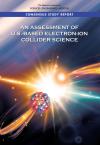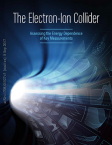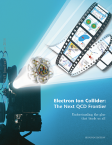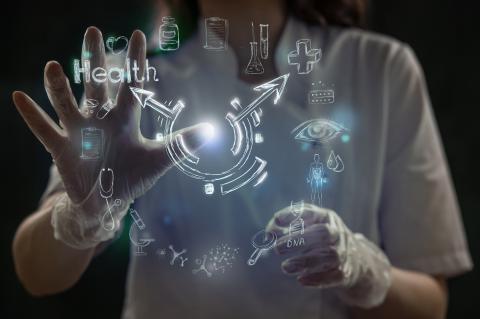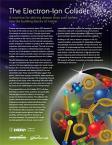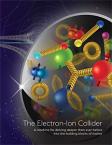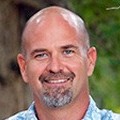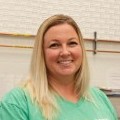As a child, Aldaisia “Daisy” Donald didn’t need to look far to find her inspiration.
“My dad is a retired lieutenant colonel in the Army, and I’ve always been a daddy’s girl,” said Donald, a radiation control technologist at the U.S. Department of Energy’s Thomas Jefferson National Accelerator Facility and nine-year U.S. Navy veteran. “Growing up, he would always be gone on deployments, and when he came home, I remembered thinking, ‘He’s a hero.’ I always wanted to be like him.”
With her sights set on following in her dad’s military footsteps at a young age, Donald also cultivated a passion for math and science. She exceled at both, and when she reached 10th grade, she left her hometown of Jackson, Alabama, to attend the Alabama School of Math and Science in Mobile for the remainder of high school.
“I had to learn early on how to be away from my parents and build a family away from my family,” Donald said. “So, as a teenager, I made friends, formed study groups, and we helped support each other and carry each other through.”
She added that the experience of living away from her family throughout high school and her focus on math and science prepared her for her Navy career. After graduating, Donald enlisted and enrolled in the Naval Nuclear Power Training Command’s Nuclear Power School in Goose Creek, South Carolina.
Again, many miles separated Donald from her family and friends, but bringing people together is a value that she holds dear.
“The most important thing for me, similar to high school, was to build a family out of people I didn’t know,” Donald said. “Now, I was far away from home and in ‘Nuke School,’ which was very rigorous. Those of us who started out together became brothers and sisters, and even to this day, I’m still close with a lot of them. Some of them are godparents to my kids; I met my best friend in Nuke School. We’re still like a family, even though we are all over the world now.
“I feel like being forced to be in that rigorous study environment – there were sleepless nights when we were up studying and helping each other out so we could get through – just taught me a lot about friendship and family.”
After graduating from Nuclear Power School, Donald served as a machinist’s mate before becoming an engineering laboratory technician aboard the USS Theodore Roosevelt, a Nimitz-class, nuclear-powered aircraft carrier, then stationed in Norfolk, Virginia.
For the remainder of her Navy career, the Theodore Roosevelt’s only deployment was to Newport News Shipbuilding for extensive maintenance and repairs. It was there that she learned about Jefferson Lab and its Radiation Control (RadCon) team.
According to Donald, her duties in the Navy closely resembled her current work. At the lab, she performs radiation and contamination surveys to ensure that levels do not exceed their limits nor spread to unwanted areas, keeping people, facilities and the environment safe.
After her son was born in 2014, Donald knew that her time in the Navy was nearing its end, as the eventuality of deployments lasting up to a year steered her to reenter the private sector. She returned to school at Excelsior College (now Excelsior University) and graduated in 2017 before eventually finding her way back to the familiar setting of Newport News Shipbuilding as a contract administrator in 2019.
After two years, Donald wanted to get back into radiation control, so she sought out a position on the lab’s RadCon team. She applied and was hired, starting in April 2021. During the COVID-19 pandemic, she took a brief hiatus to provide care for her children as schools went to remote instruction. When in-person classes resumed, she returned to the lab in the same role.
As she did at her previous posts, Donald strives to create a familial atmosphere among her teammates. She is often the driving force behind special events celebrating holidays, her colleagues’ birthdays and their bonds as a team. Beyond the positive atmosphere these occasions create, Donald said that camaraderie is crucial to high-performing teams.
“The biggest thing I learned in the Navy was working as a team and making sure we had each other's backs,” she added. “When I first started here after being away [from radiation control work] for so many years, I never once felt like I was thrown to the wolves or had anyone expect me to know something because I was in the Navy, and I should know it. Everybody was like a family; it’s a good environment, and if you have a question, just ask.”
Thank you for your service, Daisy!
By John Streit





